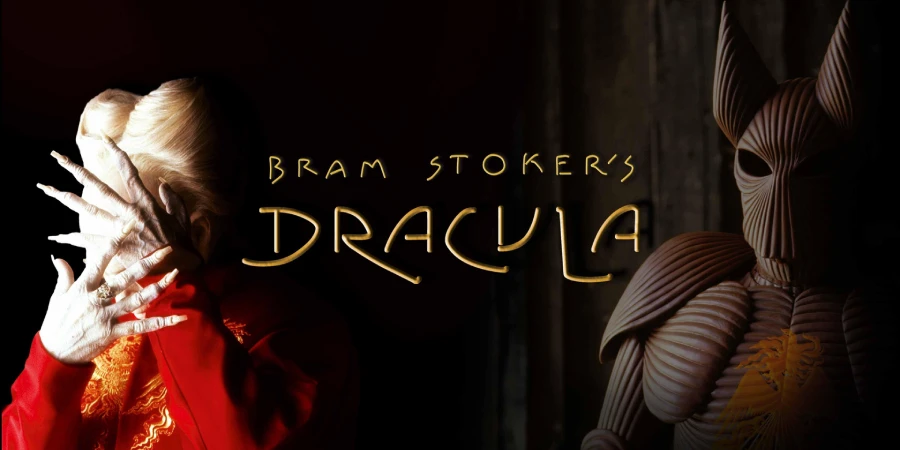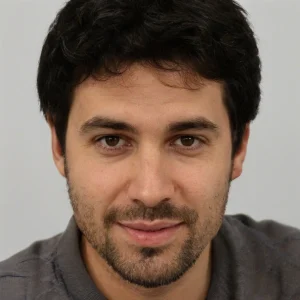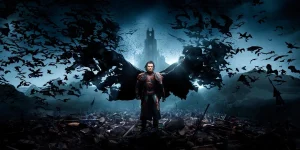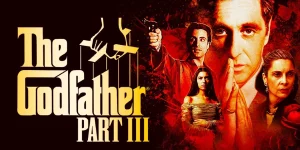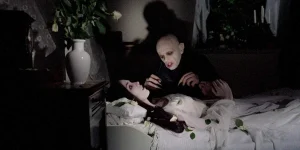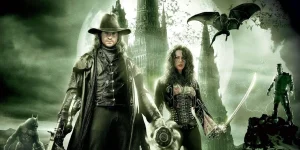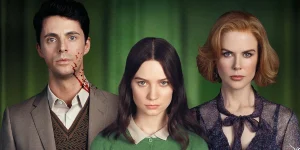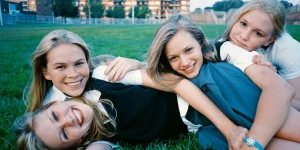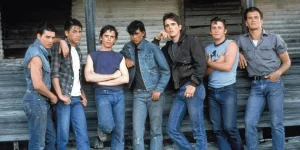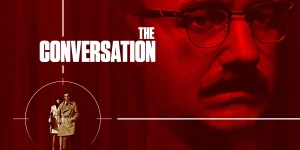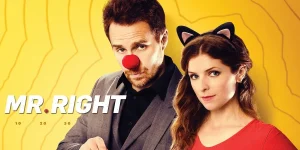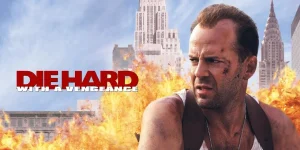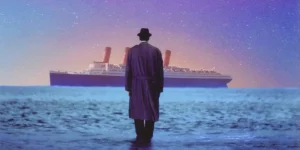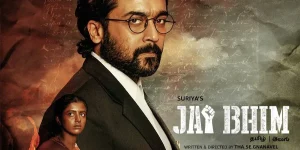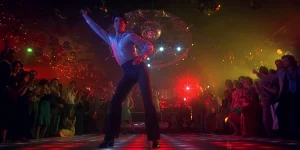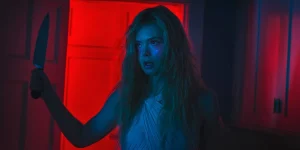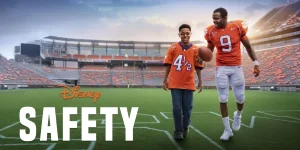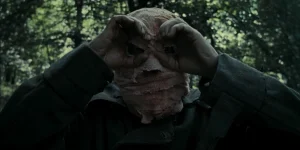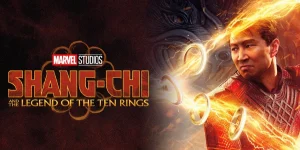Francis Ford Coppola’s Bram Stoker’s Dracula (1992) is a lush, gothic, and sensual adaptation of Bram Stoker’s 1897 novel. This version is notable for its fidelity to the novel’s epistolary structure and for the romantic tragedy it weaves into the horror. With an all-star cast, practical effects, and bold visual storytelling, the film remains a definitive cinematic take on the Count.
Table of Contents
ToggleDetailed Summary
Prologue: Vlad the Impaler’s Curse
The story opens in 1462. Vlad Dracula (Gary Oldman), a fierce Romanian warrior, returns from battle to find his beloved Elisabeta (Winona Ryder) has committed suicide after receiving false news of his death. Upon learning the Church condemns her soul for taking her own life, Dracula, enraged and heartbroken, renounces God and stabs the crucifix, causing it to bleed. He drinks the blood pouring from it, cursing himself into eternal damnation as a vampire.
Jonathan Harker’s Journey to Transylvania
In 1897, young solicitor Jonathan Harker (Keanu Reeves) travels to Dracula’s castle in Transylvania to finalize the Count’s purchase of Carfax Abbey in England. Dracula sees a photo of Harker’s fiancée, Mina, who resembles Elisabeta, and believes she is her reincarnation. After trapping Jonathan in his castle, Dracula sets sail for London.
Dracula in London: Seduction and Corruption
Arriving in England, Dracula seduces and preys upon Mina’s best friend Lucy Westenra (Sadie Frost), who begins to suffer from unexplained illness and blood loss. Lucy’s suitors—Arthur Holmwood (Cary Elwes), Dr. Seward (Richard E. Grant), and Quincey Morris (Billy Campbell)—seek help from Professor Abraham Van Helsing (Anthony Hopkins), who quickly identifies the cause: a vampire.
Meanwhile, Dracula, disguised as a dashing young prince, begins to seduce Mina in London. Though she is engaged to Jonathan, she feels an inexplicable connection to the Count.
Lucy’s Tragic Transformation
Despite Van Helsing’s efforts, Lucy succumbs to Dracula’s influence, becoming undead. In a chilling and tragic sequence, Van Helsing and the others must stake her to end her cursed existence. Her death marks the turning point in the group’s realization that Dracula must be stopped.
Mina’s Awakening and Jonathan’s Return
Jonathan escapes Dracula’s castle and reunites with Mina. They marry in a church in Romania, but Mina continues to fall under Dracula’s spell. Eventually, Dracula reveals his true identity and the story of Elisabeta to Mina. She admits to remembering a past life and surrenders to him emotionally and physically. However, Dracula refuses to damn her by turning her completely, instead expressing genuine love and retreating.
The Final Hunt
The vampire hunters pursue Dracula across Europe back to his castle. Mina, now deeply bound to him, attempts to protect him. In a climactic battle outside the castle gates, Quincey Morris is fatally wounded, but not before the group mortally wounds Dracula.
Movie Ending
Inside the castle chapel, Dracula, gravely injured, and Mina share a final intimate moment. As he lies dying, Dracula pleads for peace. Mina, who has fallen in love with him, kisses him and finishes him off with a knife to the heart, releasing him from his cursed existence. As he dies, he sees a vision of Elisabeta welcoming him into the afterlife. Mina, heartbroken but at peace, walks away from the chapel as Dracula’s curse is lifted, signified by the disappearance of his monstrous features and the restoration of the chapel’s iconography.
It’s a powerful, operatic conclusion blending horror, romance, and redemption, emphasizing the theme that true love endures even through death and damnation.
Are There Post-Credits Scenes?
No, Bram Stoker’s Dracula does not have a post-credits scene. Once the end credits roll, the story is complete—no teases, no setups, no hidden shots. The final scene in the chapel is the emotional and narrative closure.
Type of Movie
This film is a gothic horror romance, blending the supernatural elements of vampire lore with themes of love, loss, eroticism, and damnation. Visually rich and deeply atmospheric, it’s both a horror film and a tragic love story.
Cast
- Gary Oldman as Count Dracula / Vlad the Impaler
- Winona Ryder as Mina Murray / Elisabeta
- Keanu Reeves as Jonathan Harker
- Anthony Hopkins as Professor Abraham Van Helsing
- Richard E. Grant as Dr. Jack Seward
- Cary Elwes as Lord Arthur Holmwood
- Billy Campbell as Quincey P. Morris
- Sadie Frost as Lucy Westenra
- Tom Waits as R.M. Renfield
Film Music and Composer
The haunting and romantic score was composed by Wojciech Kilar, a Polish composer. His music underpins the film’s tragic and gothic mood, full of booming orchestral sweeps and melancholic motifs. The closing credits feature “Love Song for a Vampire” by Annie Lennox, which became a hit and is thematically aligned with the movie’s themes of eternal love.
Filming Locations
Most of the film was shot on sound stages in Culver Studios, California. Director Coppola insisted on using practical effects and old-school filmmaking techniques—like miniatures, matte paintings, rear projections, and shadows manipulated by hand—rather than digital effects. This choice gave the film a distinct, theatrical feel that mirrored the style of early cinema, particularly the 1922 Nosferatu.
Awards and Nominations
The film received three Academy Awards, all in technical categories:
- Best Costume Design – Eiko Ishioka (Won)
- Best Makeup – Greg Cannom, Michèle Burke, Matthew W. Mungle (Won)
- Best Sound Effects Editing – Tom C. McCarthy, David E. Stone (Won)
It was also nominated for several Saturn Awards and BAFTAs. Despite some mixed critical reception at the time (particularly for Reeves’ accent), it has since gained cult status and critical reappraisal.
Behind the Scenes Insights
- Francis Ford Coppola insisted all effects be done in-camera, leading to creative and unusual solutions.
- Keanu Reeves was criticized for his British accent, something even Coppola later admitted was miscast.
- Winona Ryder brought the project to Coppola to redeem herself after dropping out of The Godfather Part III.
- Gary Oldman and Winona Ryder reportedly had tension during filming, despite their onscreen intimacy.
- The shadow effects and transformations were done using traditional theatrical techniques, including stage magic tricks.
- Eiko Ishioka’s costumes were so radical they influenced fashion designers for years afterward.
Inspirations and References
The film draws heavily from Bram Stoker’s original 1897 novel, though it infuses the story with a romantic subplot absent from the book. The idea of Mina being the reincarnation of Elisabeta is original to the film. The visual style was inspired by expressionist cinema, particularly Nosferatu and The Cabinet of Dr. Caligari.
Alternate Endings and Deleted Scenes
There were minor edits, but no fully alternate ending. Some scenes with Dracula’s brides and extended dialogue between Mina and Dracula were trimmed. A slightly longer version of the chapel scene existed in early cuts, with more dialogue about reincarnation.
Book Adaptations and Differences
While Coppola aimed to be more faithful than earlier versions, some key differences exist:
- Reincarnation plot: Not in the novel.
- Dracula and Mina’s romantic bond: More emphasized and eroticized.
- Renfield’s role: Expanded and more grotesque.
- The book uses a journal-entry narrative, which the film mimics with letters and voiceovers but in a more cinematic way.
Memorable Scenes and Quotes
Key Scenes
- Dracula emerging from the shadows in Harker’s room.
- Lucy’s transformation into a vampire in her white burial gown.
- Dracula transforming into a wolf-like beast in the garden.
- The stormy arrival of Dracula’s ship in England.
- The chapel death scene, bathed in candlelight and red tones.
Iconic Quotes
- “I have crossed oceans of time to find you.”
- “The blood is the life!”
- “There is much to be learned from beasts.”
- “We Draculs have a right to be proud. What devil or witch was ever so great as Attila, whose blood is in these veins?”
Easter Eggs and Hidden Details
- Dracula’s armor in the prologue resembles a muscular flayed body, symbolizing raw pain and rage.
- Coppola used reversed film and shadow puppetry to mimic early 20th-century filmmaking.
- The ship’s name, Demeter, is a nod to the Greek goddess of harvest, an ironic reference in a tale of death.
- The map of Europe used during Dracula’s journey mirrors historical routes of invasions from the East into Western Europe.
Trivia
- Gary Oldman read the entire novel aloud to develop his voice for Dracula.
- Anthony Hopkins plays both Van Helsing and the priest who condemns Elisabeta, linking fate and revenge.
- The vampire brides were played by Monica Bellucci, Michaela Bercu, and Florina Kendrick—all virtually unknown at the time.
- Sadie Frost wore red contact lenses for her vampire scenes, a technique considered revolutionary in makeup FX at the time.
Why Watch?
Watch this film if you appreciate:
- Gothic horror with a tragic romantic core
- Practical visual effects and operatic visuals
- A unique and sensual spin on the Dracula mythos
- Period costume design and a mood-drenched atmosphere
This version of Dracula is unlike any other: sensual, horrifying, emotional, and artistic.
Director’s Other Movies
- The Godfather (1972)
- Apocalypse Now (1979)
- The Conversation (1974)
- Tucker: The Man and His Dream (1988)
- Youth Without Youth (2007)
Recommended Films for Fans
- Interview with the Vampire (1994)
- Nosferatu (2024)
- Crimson Peak (2015)
- Sleepy Hollow (1999)
- The Company of Wolves (1984)
- Let the Right One In (2008)
- The Others (2001)
- Only Lovers Left Alive (2013)

